
Dogs communicate in many ways including barking, howling, growling and whining. When a dog whines, it normally draws our attention immediately because we interpret it as some sort of a distress call. It sounds so pitiful, right?
It hasn't taken dogs long to figure this out. In fact, some dogs have learned that whining can get them just about anything they want.
Why Dogs Whine
Dogs generally whine when they are hurt, anxious or afraid. Certain dogs have also learned how to "pretend" to be afraid or anxious in order to get attention. However, dogs have a high pain threshold, so if your dog whines in pain, you want to identify the source of pain and have it treated immediately.
The other causes of whining are fairly easy to treat. All it takes is a few easy to implement steps.
How to Stop the Whining For Good
Let's start with anxiety whining. This problem often starts when the dog picks up on clues in your routine, for example, putting on your coat to leave the house.
This then becomes the trigger that sets off your dog's whining. In order to address this you'll need to break the connection between your actions, and the dog's reaction. There are a number of ways to do this.
You could quite simply change your routine. Or you could go through your "pre-leaving" routine and then not leave. Alternatively, you could leave and then return after standing outside for a few seconds.
All of these methods have the effect of breaking the dog's connection between the routines he notices and the thing he fears (you leaving). It's a simple methodology, but it works.
Another cause for whining is fear. For example a dog left alone in an empty house may become fearful and anxious. The solution here is simply to cut down his space.
Keeping the dog confined to a small area of the house, or better still, a dog crate, will help him relax and stop whining.
Be aware that it will take a bit of time to accustom your dog to the crate, but it is relatively easy because the crate simulates a den environment. Once the dog is used to the crate he no longer feels the need to patrol his larger "territory" (the house). It is an effective way of addressing both fear and anxiety in your dog.
Breaking the "Attention Whining" Cycle
Dogs can be quite manipulative and are quick to pick up on the outcomes of certain actions. For example, if you teach your dog to sit in order to receive a biscuit you'll find that he starts to sit whenever he wants one - whether it's on offer or not!
Similarly, if your dog works out that you come running every time he whines, prepare yourself for plenty of running.
If you know your dog you'll soon see through his efforts to manipulate you by whining, and you'll have to ignore it if you want him to stop.
For more dog training tips for dealing with behavioral problems, like whining, digging, and barking, visit dogsanddogtraining.com - a virtual dogs 101.
 Pointer Dog Hereditary Health And Health Testing
Pointer Dog Hereditary Health And Health Testing
 Perfect Pedigree Thailand - Your source for Purebred & Pedigreed puppies
Perfect Pedigree Thailand - Your source for Purebred & Pedigreed puppies
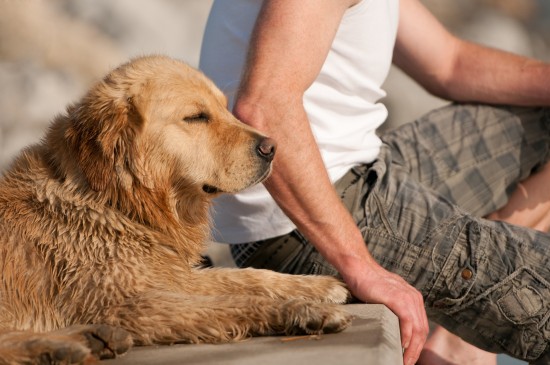 Why Might An Otherwise Good Dog Bite Their Owner?
Why Might An Otherwise Good Dog Bite Their Owner?
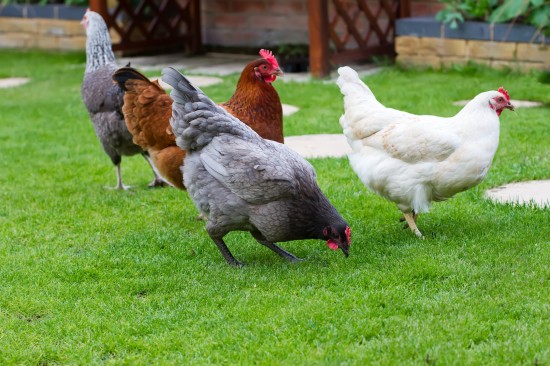 Tips To Improve The Quality Of Life For Your Pet Chickens
Tips To Improve The Quality Of Life For Your Pet Chickens
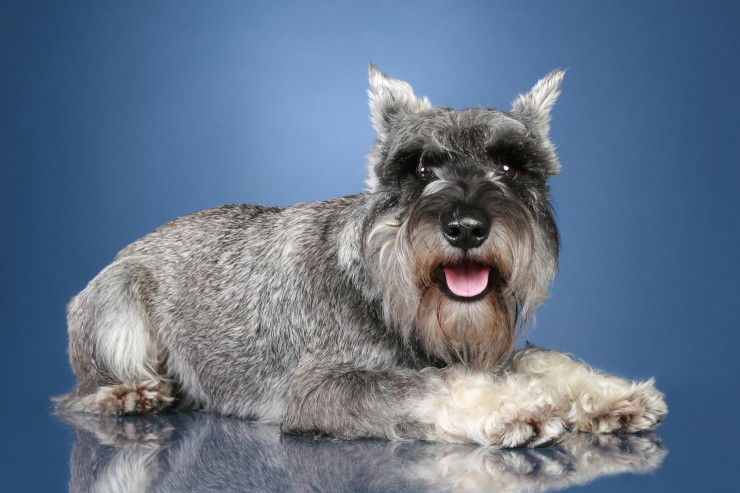 Foods That Help Older Dogs Stay In Good Condition
Foods That Help Older Dogs Stay In Good Condition
 Cat Breeding - Is It For You?
Cat Breeding - Is It For You?
 Why Is My Cats Fur Coming Out In Clumps?
Why Is My Cats Fu
Why Is My Cats Fur Coming Out In Clumps?
Why Is My Cats Fu
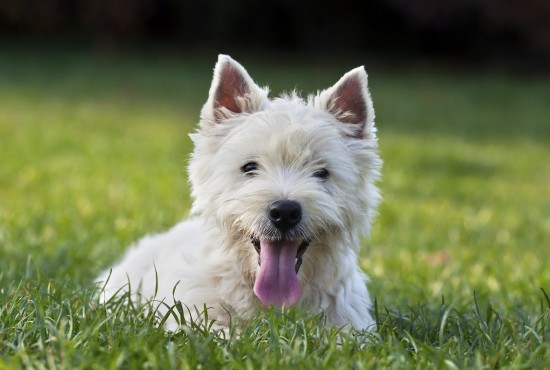 How To Tell If Your Dog Is Happy
How To Tell If Yo
How To Tell If Your Dog Is Happy
How To Tell If Yo
 What To Feed Cats Suffering From Cancer
What To Feed Cats
What To Feed Cats Suffering From Cancer
What To Feed Cats
 Considering A Cockatiel?
Considering A Coc
Considering A Cockatiel?
Considering A Coc
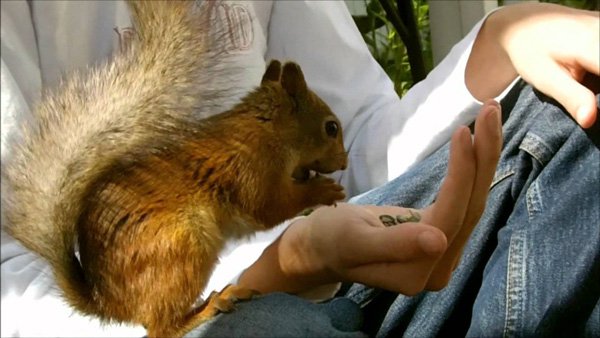 Few Advantages Of Equine Ulcer Supplements Available Online
Few Advantages Of Equine Ulcer Supplements Available Onlin
Few Advantages Of Equine Ulcer Supplements Available Online
Few Advantages Of Equine Ulcer Supplements Available Onlin
Copyright © 2005-2016 Pet Information All Rights Reserved
Contact us: www162date@outlook.com